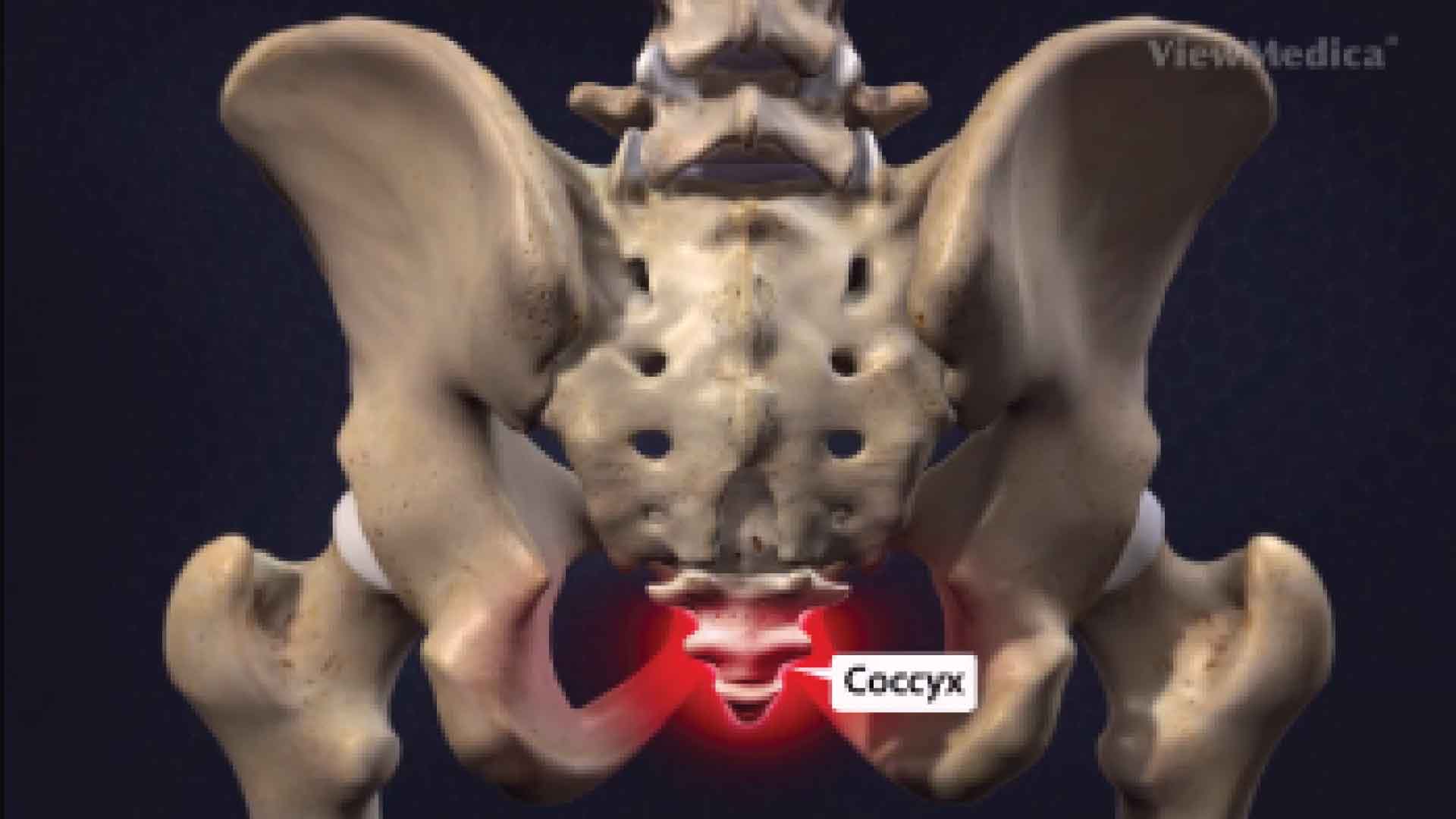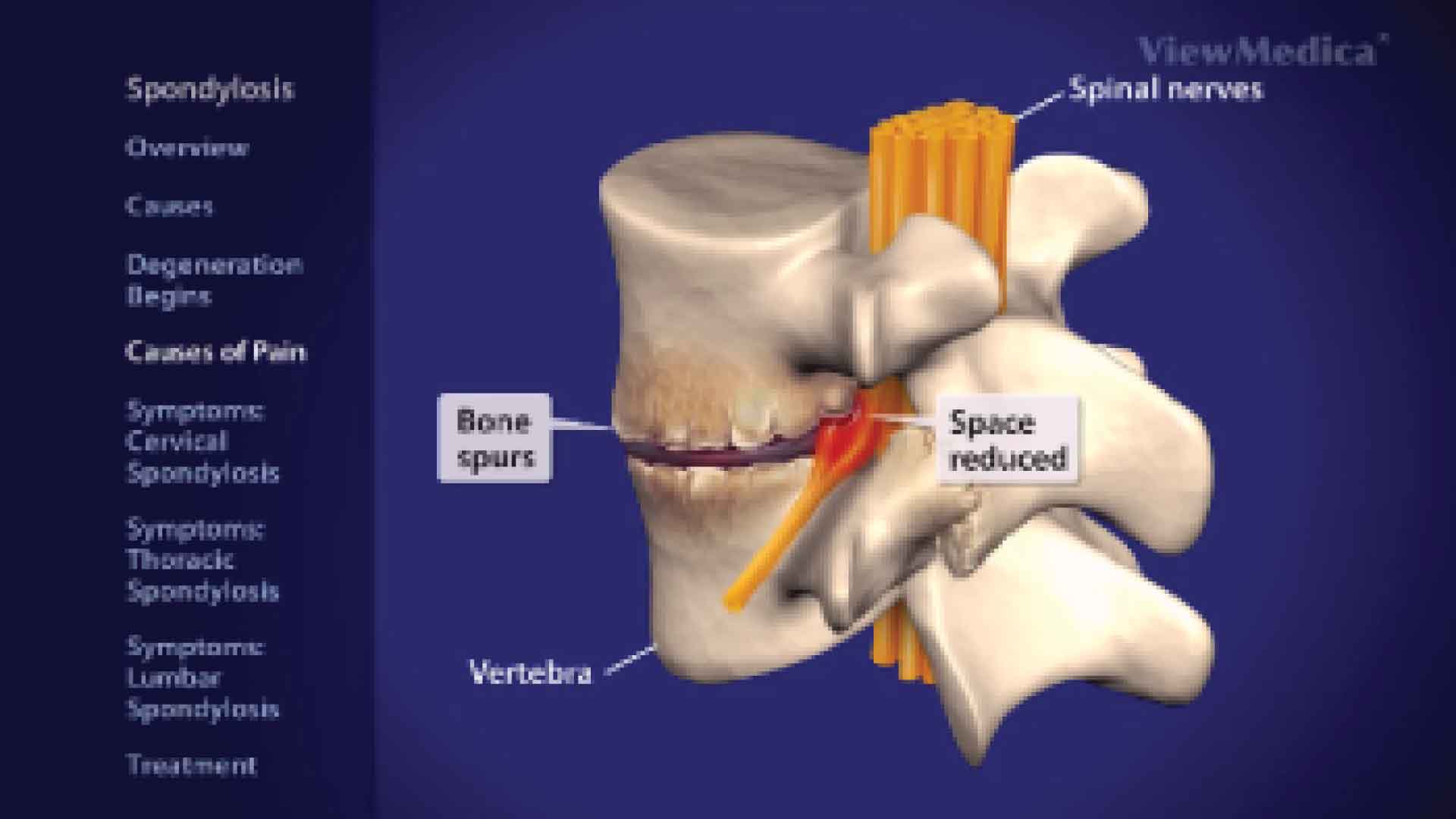Conditions
Conditions we treat
Some of the conditions we treat
Page 1 / 2 / 3
We are able to treat a wide variety of chronic pain conditions ranging from simple degenerative change through to complex neurological and hypersensitivity syndromes.
A herniated disc can press on and irritate nearby nerves causing both back pain and radiating pain which extends into the leg.
Pain from the coccyx, the tailbone, can make it difficult to sit and can be prolonged due to frequent exacerbation with normal activity.
Discs, the shock absorbers of the spine, wear over time and can start to become dysfunctional producing a deep seated lower back pain.
The progressive wearing of the spine occurs with age and activity. Injuries from earlier in life can trigger this process contributing to lower back pain.
Whiplash affecting the neck causes a combination of injuries including damage to facet joints and myofascial structures.
Surgical management improves anatomy and function. Some pain can persist afterwards due to the complex pathology that is present.








